Cosmetic Bonding
The Non-Invasive Approach
Cosmetic Bonding involves the application of composite resin to the existing tooth. The bonding technique is used frequently as a conservative method of covering stains. Bonding can mask many types of stains to create a natural looking and attractive smile. However , bonded teeth tend to stain easily and require periodic repair.
Cosmetic bonding may be a viable option if you have white or brown spots or staining due to extensive wear or silver fillings. There was a time when chipping a tooth meant replacing it with a crown, unless the chip was small enough to be cosmetically contoured. With new bonding techniques, however , a tooth can be restored simply by applying composite resin to its remaining structure. This rebuilds the tooth to its original shape and size.


Cosmetic Bonding Considerations
Tooth colour: we encourage all of our patients to ensure they are happy with their tooth colour before proceeding (if they are not, they may wish to consider other treatment first e.g. tooth whitening).
Staining and discolouration: there is risk over time that cosmetic bonding can stain.
Debonding: as we are relying on the bond of our advanced materials to the tooth surface, occasionally this bonding may fall off.
Candidates for Dental Bonding
Cosmetic Bonding is used for a variety of Aesthetic dental procedures, including:
- Filling dental cavities – “white fillings”
- Replacing metal or amalgam fillings
- Repairing broken and chipped or discoloured teeth
- Closing gaps between teeth
- Reshaping teeth, making them look longer and less worn down
- Protecting exposed root surfaces caused by gum recession
- Smile makeovers – composite veneers (although porcelain veneers are the better option)


Tooth Bonding Procedure
We use an advanced shade guide to choose which composite resin matches the colour of your teeth. The surface of each tooth will be abraded or etched so that the surface is rough. This provides a better area for the composite to adhere to , then The tooth will be coated lightly with a conditioning liquid which helps the bonding material adhere. When the tooth is prepared, we will put a tooth-coloured putty-like resin that will be moulded and smoothed until it has the correct shape.
Afterwards, the material is hardened with special curing light. When the bonding material hardens, we will trim it further and shape it even more. Afterwards, it will be polished until it matches the lustre of the other teeth.
Drawbacks
Cosmetic bonding doesn’t have the strength of other restorative materials such as ceramic or porcelain, and it has a greater tendency to stain than your surrounding natural teeth or porcelain.
Tooth bonding restorations can provide you with a healthy and attractive smile for many years, but it is vital to follow your dentist’s recommendations for proper oral hygiene, as well as avoid habits that could damage these restorations.
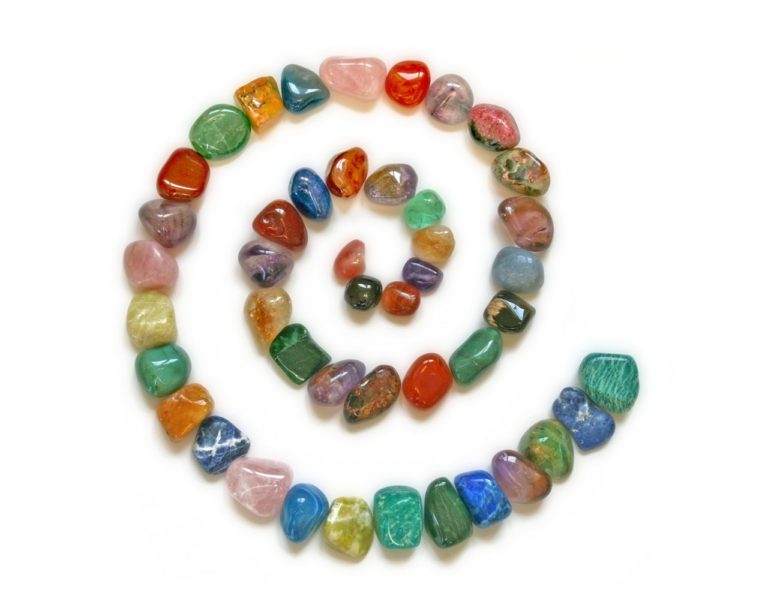
Beautiful Confident Smiles
We combine the art and science of dentistry to make your smile look brighter and your entire face look more balanced and years younger
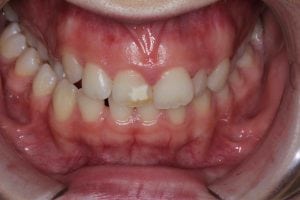
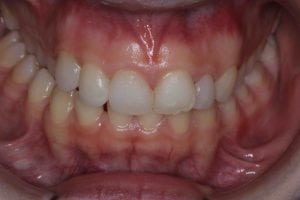
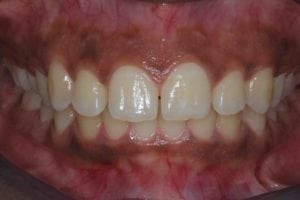
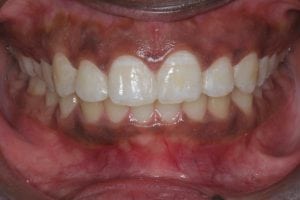
-
Sutability
There are some limitations to the restorative impacts that bonding can have, It can be best suited for small aesthetic improvements, for temporary correction of small defects, and for correction of teeth in areas of very low bite pressure (for example, front teeth). Dr. Kaviani will be able to tell you if the bonding technique is right for you or may make other recommendations relative to your personal conditions.
-
Can any dentist perform Tooth Bonding
Tooth bonding requires a high level of artistic skill and not all dentists are equally skilled. Dr. Kaviani has undertaken extensive postgraduate training in the field of dental bonding.
-
Costs
The cost of resin bonding will vary depending on the type of aesthetic procedure that you have, the materials used and the complexity of the individual case from £380 - £450 per tooth

